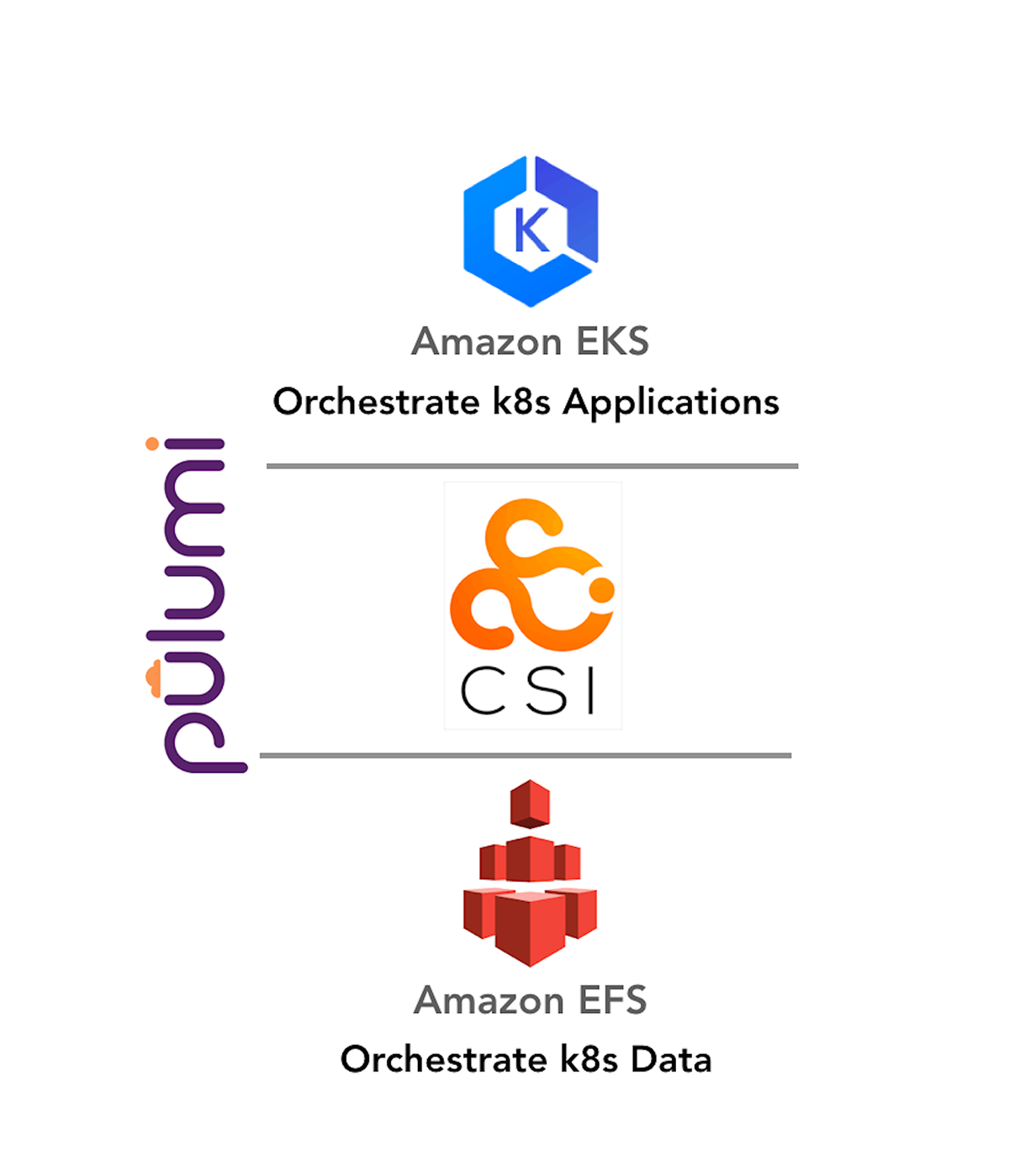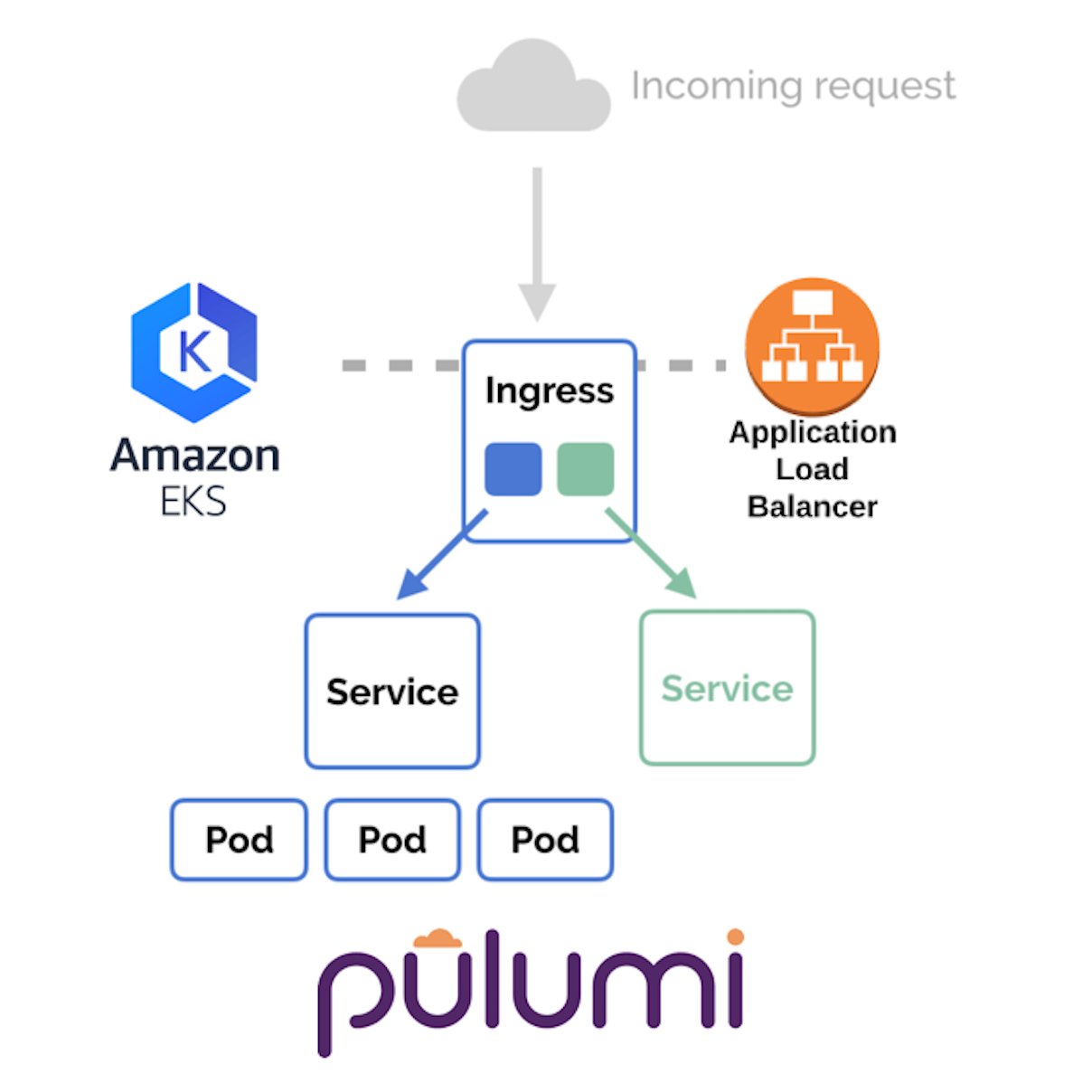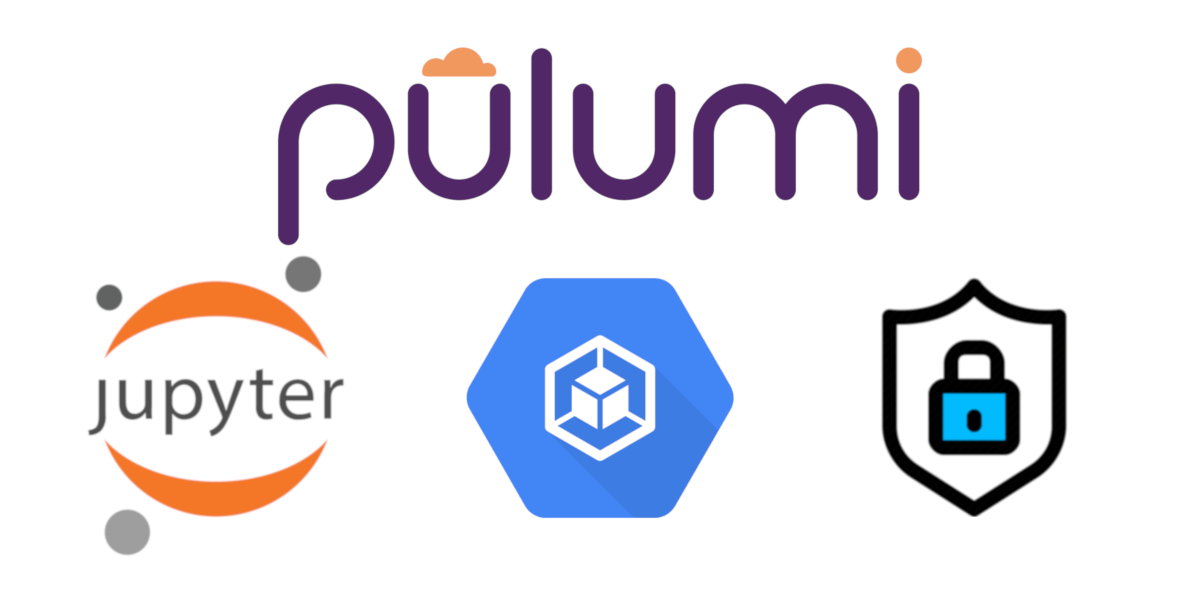Persisting Kubernetes workloads with Amazon EFS CSI volumes

The Amazon Elastic File System Container Storage Interface (CSI) Driver implements the CSI specification for container orchestrators to manage the lifecycle of Amazon EFS filesystems. The CSI specification defines an interface along with the minimum operational and packaging recommendations for a storage provider to implement a CSI compatible plugin. The interface declares the RPCs that a plugin must expose. The CSI drivers are the right mechanism to work with, when using a cloud storage component with Kubernetes workloads. Amazon Elastic File System (Amazon EFS) provides parallel shared access through a standard file system interface to Amazon EC2 instances and Linux-based workloads without disrupting your applications. EFS is a regional service storing data across multiple Availability Zones (AZs) for high availability and durability.




